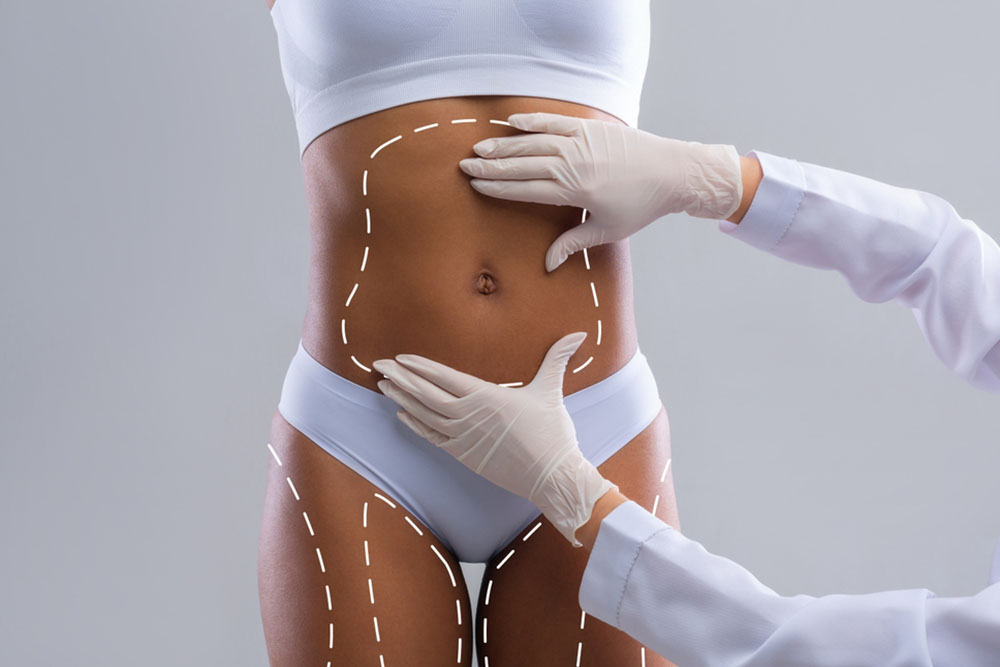
Sexually Transmitted
Sexually transmitted diseases (STDs) are diseases that are mainly transmitted from one person to another through sexual intercourse. Sexually transmitted diseases are not exclusively transmitted through sexual intercourse as they can also be transmitted through direct blood contact, vertical transmission, and contaminated blood products (blood transfusion). Sexually Transmitted Diseases treatments are available in healthcare facilities such as hospitals and clinics. Treatments are also available in virtual clinics or online clinics.
Table of Contents
The example of STDs are:
- Gonorrhoea
- Syphilis
- HIV/AIDS
- Hepatitis
- Trichomoniasis
- Genital herpes
- Genital warts
- Pelvic inflammatory disease
In America, STDs are much more common among teenagers. Data shows that almost 50% of new STDs cases occur in teenagers. STDs are no longer the disease that affects adults. It is now affecting teenagers as well. Sexual education is a way to prevent STDs that should be well implemented at school, at home, and within healthcare facilities. Stop the stigma and get the treatment if you are infected. Help doctors to do contact tracing to control the spread of STDs.
The risk factors for getting STDs are:
- Multiple sexual partners
- Unprotected sexual intercourse
- Sharing needles (intravenous drug abuse)
- Your partner having sexual promiscuity
- Man sex with a man
- Previous history of STDs
- Misuse of alcohol or the use of recreational drugs
The signs and symptoms of one STD to another vary, but they share some common signs and symptoms. Medical doctors will analyze your signs and symptoms to formulate a diagnosis.
The common signs and symptoms of STDs are:
- Vaginal discharge
- Penile discharge
- Vaginal or penile itchiness
- Genital lesions
- Fever
- Lower abdominal pain
- Menstrual irregularities
The major causes of STDs are:
- Bacteria
- Virus
- Parasite
The examples of bacteria are:
- Neisseria gonorrhoea
- Chlamydia trachomatis
- Treponema pallidum
The examples of viruses are:
- HIV
- Hepatitis viruses
The examples of parasites are:
- Trichomonas vaginalis
Sexually transmitted diseases are something that you should be serious about. If you have it, you should not take it lightly. STDs may cause complications like:
- Pelvic pain
- Pregnancy complications
- Infertility
- Certain cancers
- Eye inflammation
The methods of preventing yourself from getting STDs are:
- Abstain from sex
- Stay loyal with one uninfected partner with no high-risk behaviour
- Get vaccinated
- Use condoms correctly
- Do not consume alcohol excessively and say no to recreational drug usage
- Consider male circumcision
The investigations and treatments vary depending on the underlying causes. Gonorrhoea is one of the STDs with high incidence. The causative organism for gonorrhoea is Neisseria gonorrhoea. Gonorrhoea is the main cause of morbidity among sexually active individuals. In America, this disease is the second most common communicable disease reported.
The complications of this disease are:
- Urethritis
- Cervicitis (Female)
- Ectopic pregnancy
- Pelvic inflammatory disease
- Infertility
- Chronic pelvic pain
Gonorrhoea can also cause extragenital infections and widespread infections that will cause damage to other organs and body systems. History taking and physical examination is a must before any investigation can be done to confirm a diagnosis of any disease. The investigation of choice to confirm a gonorrhoea infection is Nucleic Acid Amplification Test (NAAT). Other than NAAT, investigations like endocervical or urethral swabs for the microscopic examination can be done along with culture and sensitivity tests.
A large number of individuals who are infected by gonorrhoea are asymptomatic. Hence, NAAT should be offered to sexually active individuals with a high risk of infection. Sexually Transmitted Diseases treatments and gonorrhoea treatments are available at any healthcare facility. Please help us to help you by getting yourself a treatment.







